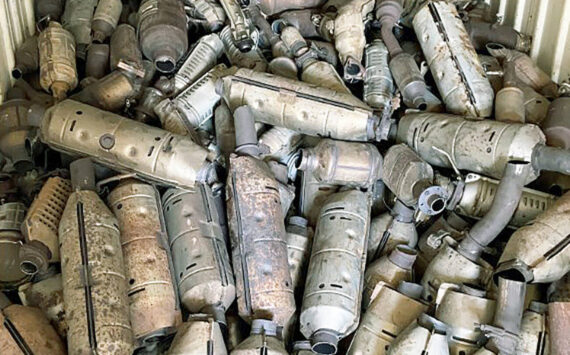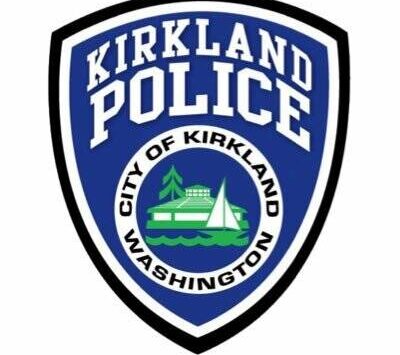Beginning early next week, 12 officers from Seattle’s East Precinct will begin testing body cameras as part of SPD’s recently unveiled body-worn video pilot program. The testing will last 60-90 days, and if all goes as planned, will lead to widespread use of body cameras throughout Seattle’s police force.
In a press conference this afternoon, Mayor Ed Murray, joined by Police Chief Kathleen O’Toole, called the pilot program “a long time coming.” The mayor said the body cameras – which we’ve covered extensively, and don’t arrive in Seattle without critics – will provide officers with an “unfiltered visual record of their work in the field,” and will “support accountability” while making the public safer.
“We have all been working toward this day, the pilot launch of body cameras on our police officers. This pilot is an important stage in helping the City assess the best hardware, logistics for storage and public disclosure, staffing support, officer feedback, and department use policies,” said City Councilmember Bruce Harrell, who Murray today credited with championing and pioneering the body camera program, in a prepared statement. “My goal is full deployment in 2016. The public deserves to have clear impartial video evidence of police and civilian interactions, so we can more accurately examine incidents of police misconduct and produce video and audio evidence when shootings occur. A study from the Rialto (California) Police Department found cameras decreased the number of police misconduct claims by 88 percent and reduced the number of times officers had to use force by 60 percent. Body cameras will be a game changer, a progressive means to improve public safety, police accountability, transparency, and trust with the community.”
SPD will be using two varieties of battery-powered cameras, which can be worn on both eyewear and uniforms. (As part of the pilot program’s rollout, the SPD Blotter blog published a thorough FAQ on the subject.)
Also exciting, though admittedly less impactful in the grand scheme of things, Murray and O’Toole today unveiled new police uniforms, a new SPD emblem featuring the Chief Seattle seal, and new vehicles for SPD. After wearing their current uniforms for the last 52 years – or since O’Toole was in second grade, as she quipped – the decision to update SPD’s fashion to a simple navy blue ensemble similar to that of big city police forces across the country was one made out of necessity, and also one over a decade in the making. According to O’Toole, the old uniforms, while unique, were plagued by price, availability and quality issues, and the rank and file had long clamored for an update.
Here’s a look at the new emblem, on the far right.
“After extensive wear testing over the last two years, officers selected uniforms made by the manufacturer Blauer. Nearly 70 percent of SPD officers surveyed preferred the navy color,” SPD explained of the new unis via the Blotter blog.
“We will be retaining one key piece of our previous uniforms: custom silver buttons featuring the City of Seattle shield. These buttons will continue to be a part of our uniforms, as they have since the 1960s. … Officers’ protective vests will also now be incorporated into their shirts—rather than being worn under clothing—and officers will also now have the option of utilizing an external suspender to help lighten the load of their heavy gear belts.”
In a moment of attempted levity, Murray admitted that he had little to do with SPD’s new look, which will begin to be phased in on Jan 1 of next year. “I’d like to tell you that you get a gay mayor and he selects new uniforms for the police force, but that’s not how this worked,” Murray joked.
Also to be phased in early next year are the new police patrol vehicles, the Ford Interceptor SUV, a make and model that’s actually already in service for SPD. As the Blotter blog explains,”After some discussion, the department opted to adopt the SUV. The difference in fuel efficiency between the Interceptor sedan and SUV is relatively minor, but the SUV actually proved more efficient during testing. During two trial cycles, the Interceptor sedan averaged 8.1 miles per gallon, while the SUV averaged 8.3 mpg. The department also favored the SUV for its handling, comfort, safety and maintenance requirements. The vehicles also have more space for the growing amount of electronics and other gear officers carry inside their cars.”
According to SPD, the new vehicles will be covered under the department’s normal budget, while the uniform transition will be aided by a one-time $300 stipend for officers (on top of the standard $550 uniform allowance), which will run the city an estimated $400,000.








